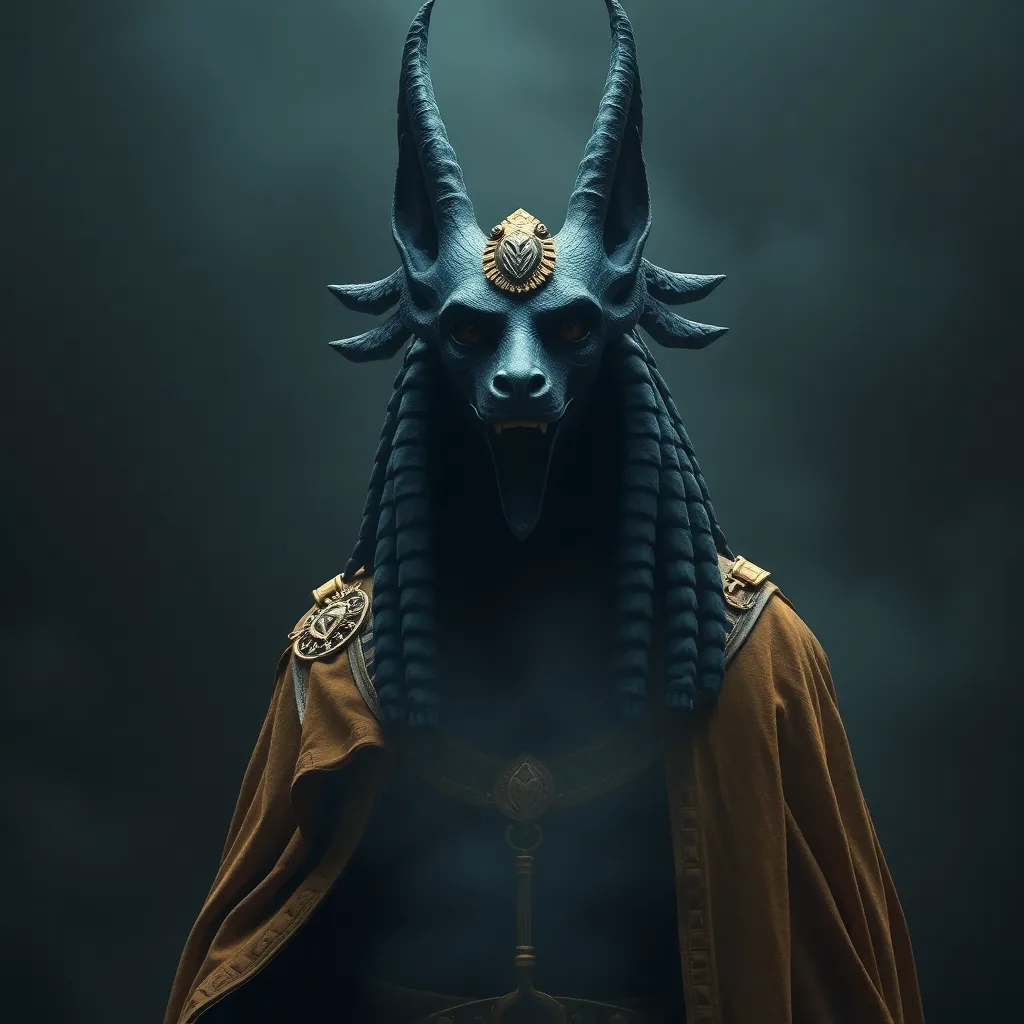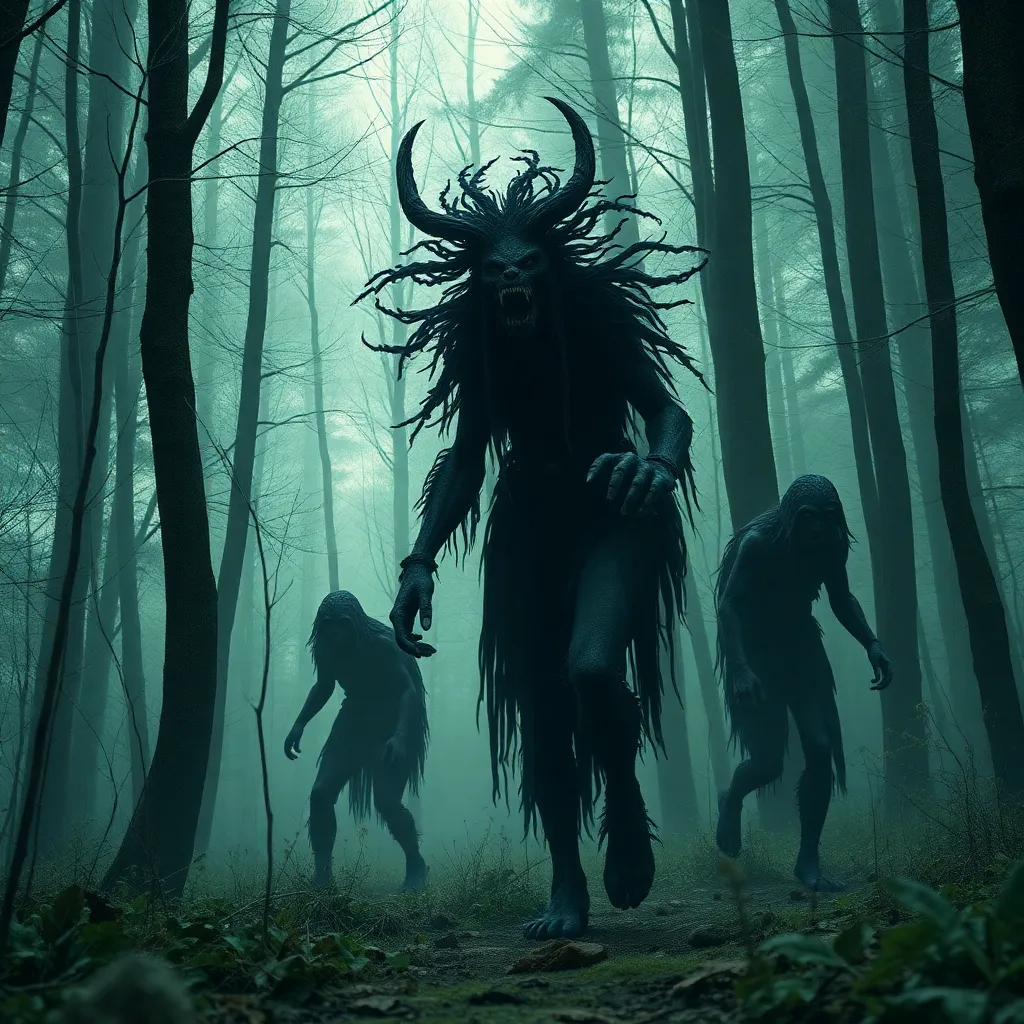Anubis: A Guardian of Souls and a Protector of the Dead
I. Introduction
Anubis, one of the most recognizable and revered deities in ancient Egyptian mythology, holds a significant role as the guardian of the afterlife. With the head of a jackal and a human body, Anubis symbolizes protection, guidance, and the transition between life and death. This article aims to explore the multifaceted significance of Anubis, his historical context, iconography, and his enduring legacy both in ancient times and modern culture.
II. Historical Context of Anubis
Anubis’ origins can be traced back to the early dynastic periods of Egypt, where he was initially associated with the burial practices of the dead. Over time, his role evolved, particularly during the Middle Kingdom when he became more closely associated with mummification and the afterlife.
Throughout different dynasties, Anubis’ importance fluctuated:
- Old Kingdom: Anubis was chiefly responsible for embalming and overseeing funerary rites.
- Middle Kingdom: His role expanded as he became associated with the judgment of souls.
- New Kingdom: Anubis was revered as a protector of tombs and a guide for the deceased.
When compared to other deities in the Egyptian pantheon, such as Osiris, who ruled the afterlife, Anubis served as his subordinate, focusing on the protection and preparation of souls for their journey.
III. Iconography and Symbolism
Anubis is often depicted as a figure with a black jackal head, representing both the color of the fertile Nile soil and the desolation of death. His physical appearance carries significant symbolic meanings:
- Jackal Head: Symbolizes his role as a protector of graves, reflecting the scavenger nature of jackals.
- Scales: Often shown holding scales, Anubis weighs the hearts of the deceased against the feather of Ma’at, the goddess of truth.
- Embalming Tools: Frequently depicted with tools used in mummification, signifying his involvement in preserving the body for the afterlife.
Artistic representations of Anubis can be found in various tombs and temples, illustrating his vital role in ancient Egyptian funerary practices. These depictions not only served a decorative purpose but also provided a form of protection for the deceased.
IV. Role in the Afterlife
Anubis played a critical role in the afterlife journey of souls. His responsibilities included:
- Mummification Process: He oversaw the embalming process, ensuring that the body was preserved for the afterlife.
- The Weighing of the Heart Ceremony: Anubis was responsible for weighing the hearts of the deceased against the feather of Ma’at. A heart lighter than the feather indicated a virtuous life, allowing the soul to enter the afterlife.
- Guidance of Souls: Anubis guided souls through the Duat (the underworld), ensuring they navigated the perils and reached their final destination.
V. Anubis in Funerary Practices
Anubis was integral to ancient Egyptian burial rites, serving as both a protector and guide for the deceased. His presence was felt during various rituals:
- Rituals and Offerings: Families would often make offerings to Anubis to ensure safe passage for their loved ones.
- Funerary Texts: Texts such as the “Book of the Dead” included spells and prayers invoking Anubis for protection and guidance.
- Artifacts: Statues and amulets of Anubis were placed in tombs to serve as guardians for the deceased’s journey.
VI. Anubis in Popular Culture
In modern media, Anubis has been portrayed in various forms, influencing contemporary perceptions of death and the afterlife:
- Movies: Anubis appears in films such as “The Mummy” series, often depicted as a powerful and fearsome deity.
- Books: Literature exploring Egyptian mythology frequently references Anubis, highlighting his roles and attributes.
- Video Games: In games like “Smite” and “Assassin’s Creed Origins,” Anubis is featured as a playable character or as part of the storyline.
This resurgence of interest in Anubis and Egyptian mythology reflects a broader fascination with ancient cultures and their beliefs about death and the afterlife.
VII. Legacy of Anubis
The legacy of Anubis extends beyond ancient times into modern spiritual practices and beliefs. His image and attributes continue to resonate:
- Spiritual Practices: Some contemporary spiritual movements draw upon the symbolism of Anubis for guidance in death and transition.
- Modern Interpretations: Anubis has influenced how death and guardianship are perceived, often embodying the idea of compassionate guidance.
- Comparative Mythology: Anubis is compared to other death deities across cultures, such as Charon from Greek mythology or Yama from Hindu traditions, showcasing universal themes of death and the afterlife.
VIII. Conclusion
Anubis stands as a significant figure in ancient Egyptian mythology, embodying the complex beliefs surrounding death and the afterlife. His role as a guardian of souls and protector of the dead highlights the ancient Egyptians’ intricate understanding of mortality and the afterlife.
The enduring legacy of Anubis, reflected in both ancient practices and modern interpretations, underscores the importance of understanding ancient beliefs about death. As we explore these beliefs, we gain insight into the universal human experience of grappling with mortality and the hope for an afterlife.



